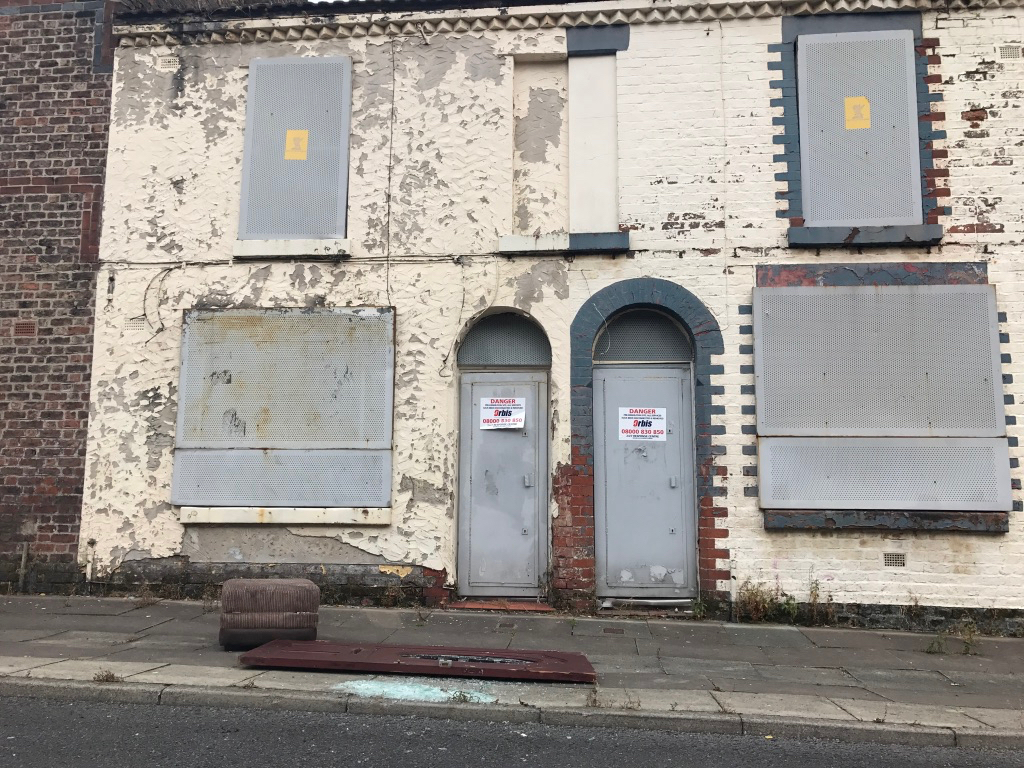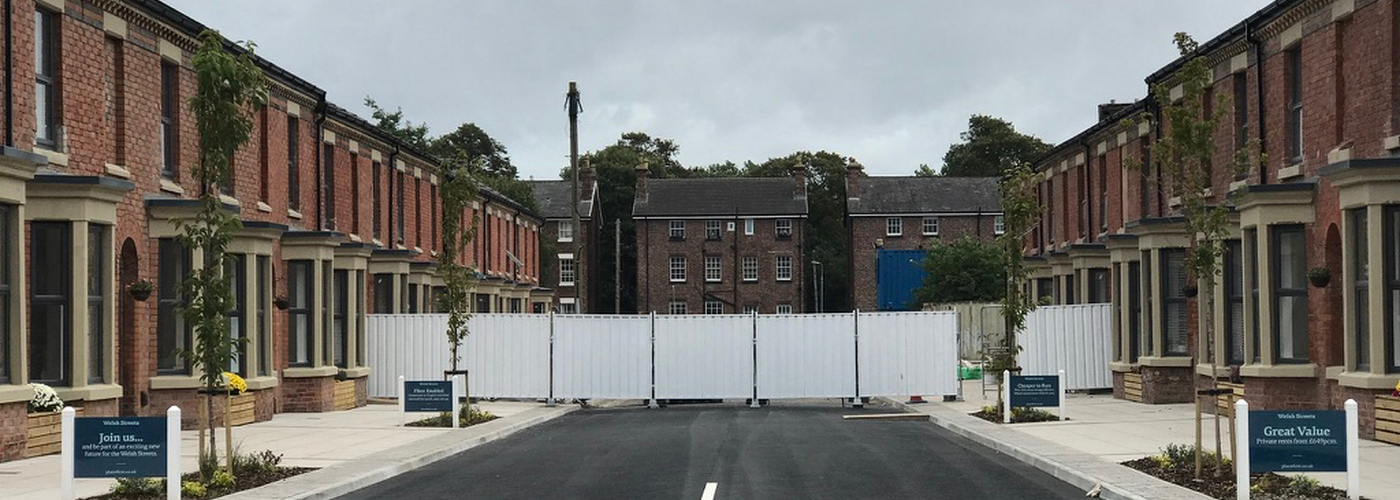Larry Neild on the spectacular L8 regeneration success, the heavy prices and heavy hearts. Pix by Angie Sammons
It started life in the days of Queen Victoria as a working class neighbourhood in the heart of Liverpool 8.
But will the long, successful quest to save the terraced Welsh Streets ultimately result in their gentrification?
Renovation of the first 24 of the two-up, two-downs, once deemed only fit for demolition, has been completed and now they await their first tenants who snapped them up in the first weekend.
But people wishing to return to their old homes, or those moving there for the first time, will have find market rents of between £650 and £894 per month for the privilege.
In 2017, it's market value, with similar rents applying in the mansion apartments lining Princes Park, just around the corner from the houses once condemned as slums.
There had been a number of not for profit companies and co-ops eager to transform the Welsh Streets with more socially affordable homes as part of a social mix.
Instead the city council handed virtually the entire, vacant Welsh Street site to Manchester-based renovation developer PlaceFirst, a company with a reputation for rescuing similarly threatened housing across the North West, chiefly in Greater Manchester.
PlaceFirst, a commercial venture rather than a social landlord or philanthropic organisation, is said to have bought the vast majority of the Welsh Streets district for just £1. If correct, you would need to be a whizz at decimal calculations to work out how much each house cost them.
Eventually, up to 300 homes will be created. There are more than 400 on the estate in all.
The area’s smart, new rise is a far cry from the scene a few years ago when the long standing community was informed that their homes, which had served generations of families for more than a century, were doomed.
One couple I interviewed, in their late fifties, had paid off their mortgage and fully expected to see out their days in their own cosy little “palace”. Yet they had their lives turned upside down when they were suddenly faced with eviction: obliged to accept a payout to pack up and go. They took the cheque, but had to raise a new mortgage of over £50,000 to pay the difference between what they were given to quit and the cost of their new home, just around the corner.
One by one, the story was repeated as families said their goodbyes. Many, but not all, moved to other parts of the Dingle and Toxteth, saddled with new financial burdens as the Welsh Streets were tinned up.
Still they were remaining in an area they adored, and soon the streets would become a flattened wasteland. Wouldn’t they?
No, as it turned out.
Thanks to campaigners, like local resident Nina Edge, the only thing to hit a brick wall was the plan for wholesale demolition. After a bitter legal row and government intervention, the streets deemed unfit for habitation won a spectacular reprieve.

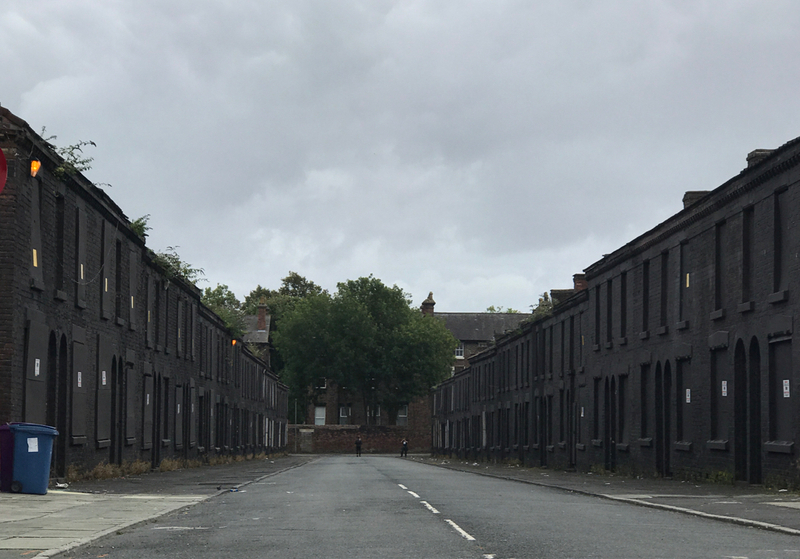
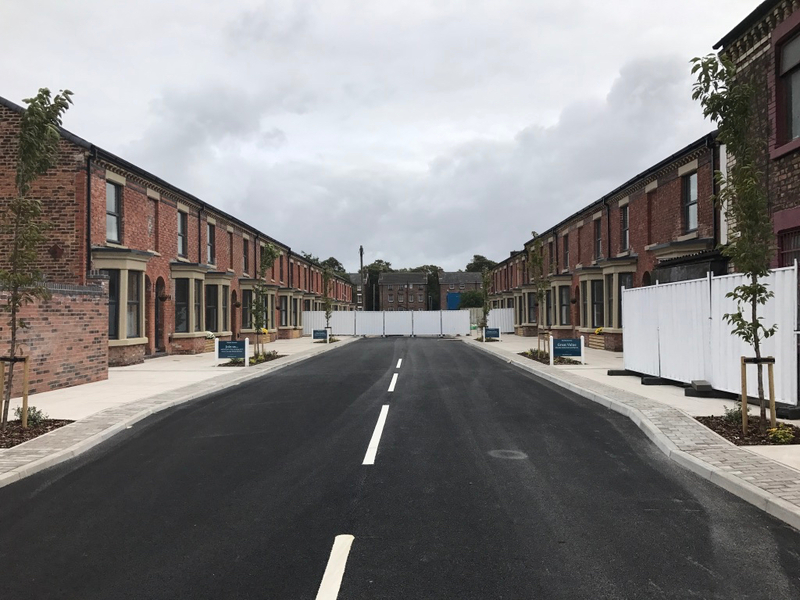
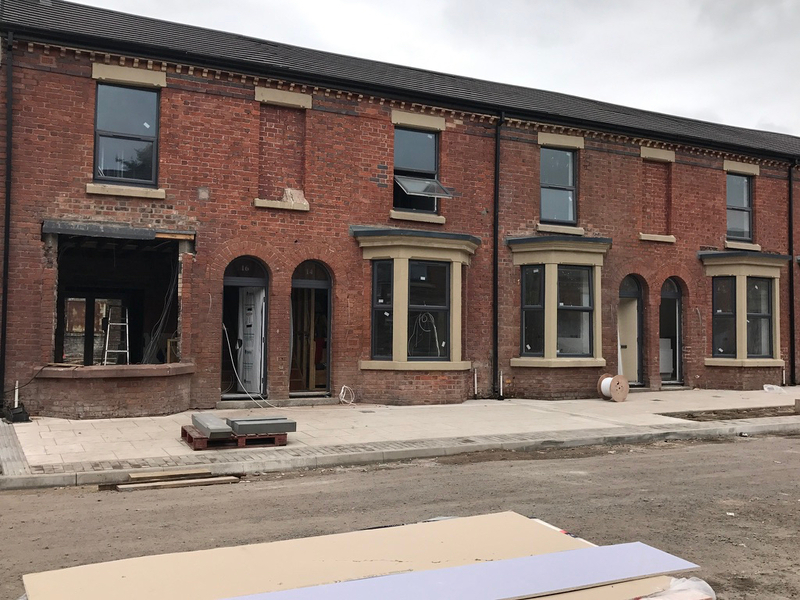
Today they are a huge building site, the old terraces rapidly being transformed into stunning new homes with, some would say, rents to match.
Edge, and the Welsh Streets Home Group campaigners, had dreamed of a mix of owner occupiers and private and social renters but, so far, they have seen little of that.
As one local activist told Liverpool Confidential: “Some people are angry they were forced out and are now in debt paying mortgages with no chance of moving back to their original houses.”
Edge and co continue their battles. For them the job is unfinished.
She told Liverpool Confidential: “Of course we are delighted the Welsh Streets have been saved and will stand for many years to come.
“We turned what was said to be an impossible dream into a reality so we are grateful to those who have played their part.
“We continue to discuss with PlaceFirst ideas for community facilities being placed in the right locations, and PlaceFirst, thankfully, seems to be listening.”
“We still feel there is a hope for some co-op housing schemes, homesteading, self-build, social rental housing, direct private sale and shared equity of rent to buy. This can happen alongside the PlaceFirst private rental model.”
Edge and many more in the area sympathise with the lament of Welsh Street dwellers unable to return to the homes they were forced to leave.
The Welsh Streets were originally part of a massive, now discredited Pathfinder scheme to erase tens of thousands of old terraced houses across northern England, and their rescue was spearheaded by national campaigner SAVE Britain’s Heritage which fought Liverpool council at a public inquiry.
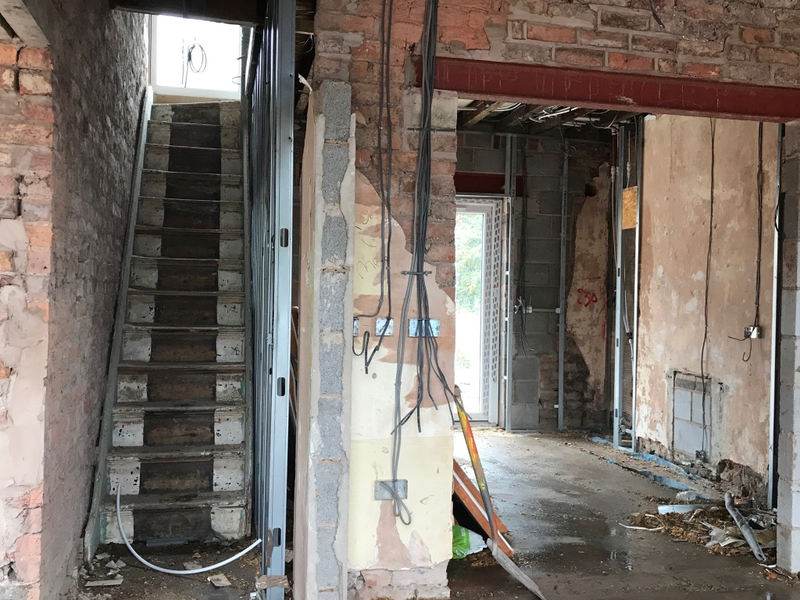

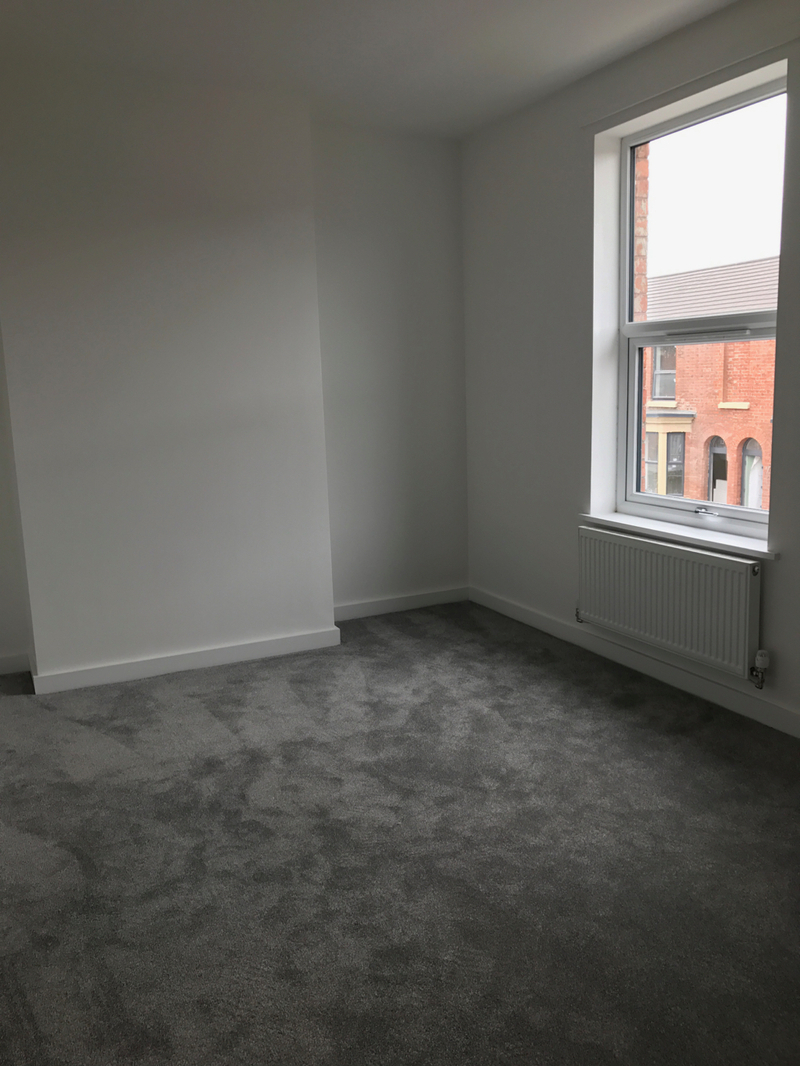
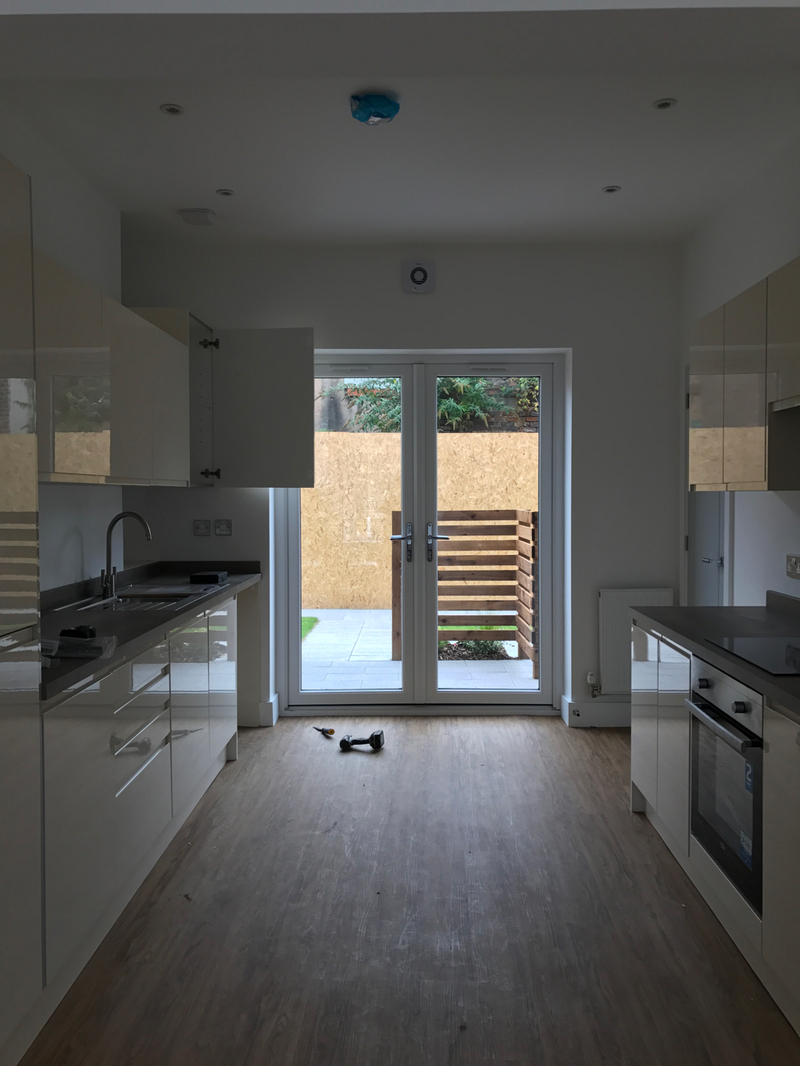
Henrietta Billings, the organisation’s director, described the news of the streets’ renovation as a triumphant vindication of the charity’s 17-year battle to prevent “needless and wasteful destruction”, and said the fight to save the streets was the fiercest and most intense of SAVE’s existence.
“It’s fantastic to see these houses brought back to life in a way that shows how versatile terraced houses can be. It smashes the myth that this type of housing was beyond its sell-by date, and shows what persistent campaigning by us and many groups and individuals can achieve. The terraces have been updated and adapted, keeping the human scale and character of the 19th-century streets and celebrating this part of Toxteth’s history.”
PlaceFirst’s Martin Ellerby said the enormous interest in the first batch showed there was a “genuine hole in the market” for restored Victorian terraced housing.
Much of the campaign work was carried out by SAVE’s Liverpool representative, Jonathan Brown, who said: “By proving once again that historic inner cities remain popular and even futuristic, and not ‘low demand and obsolete’ as claimed by devotees of demolition, the renovated Welsh Streets will stand as a shining example of creative reuse against the cult of comprehensive redevelopment and the miseries of managed decline.”
Meanwhile, the charity’s executive president and founder, Marcus Binney, said the lost houses of Anfield, Bootle and Edge Lane – and the people evicted - were etched in their memories.
Back story
